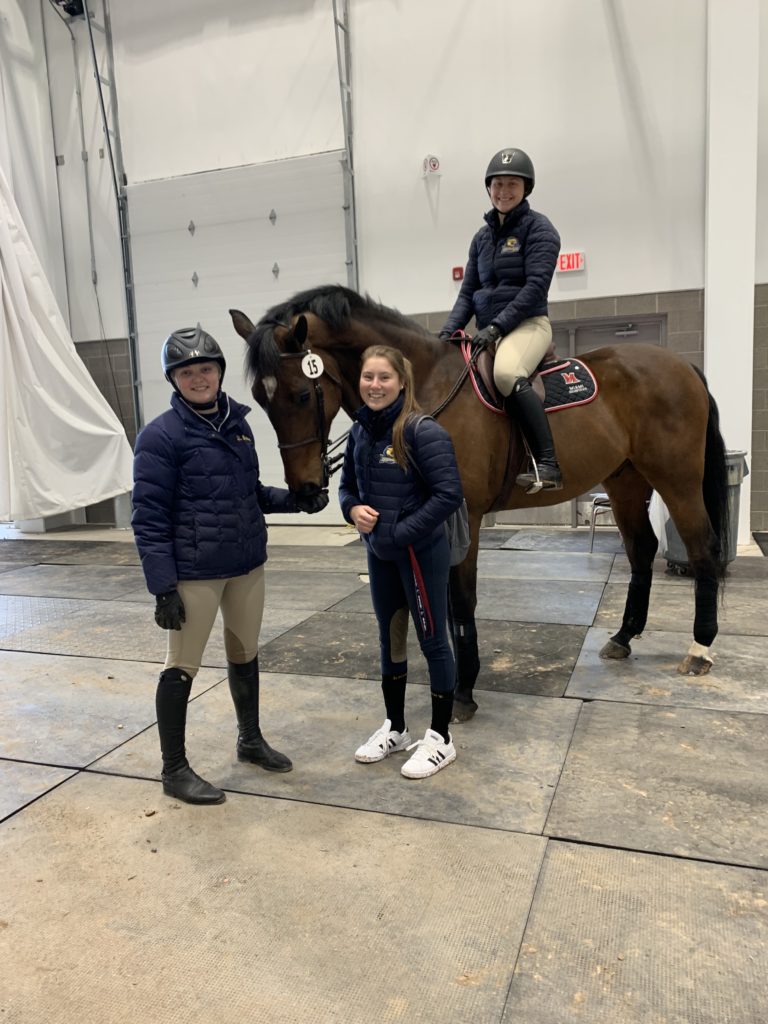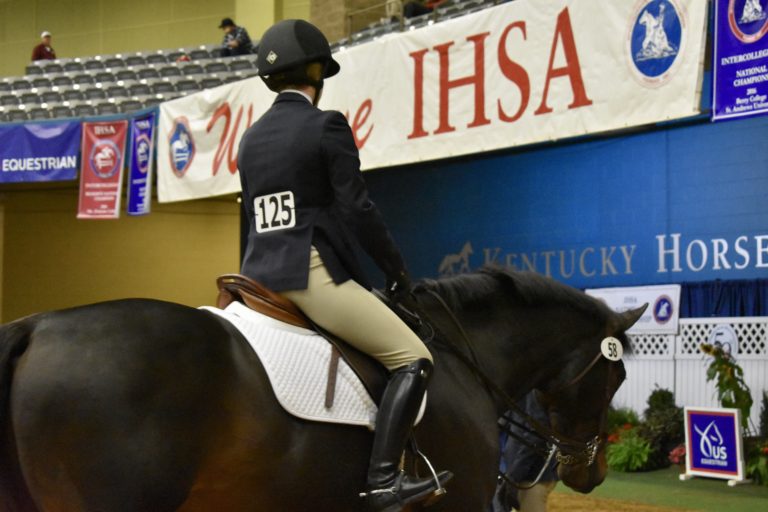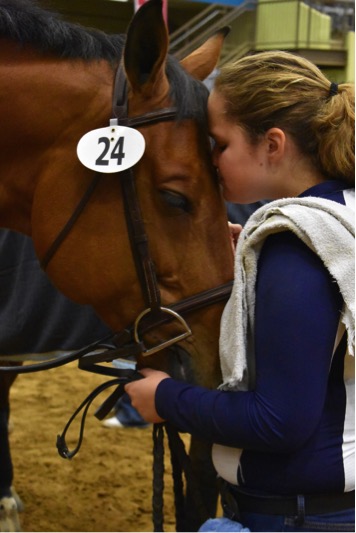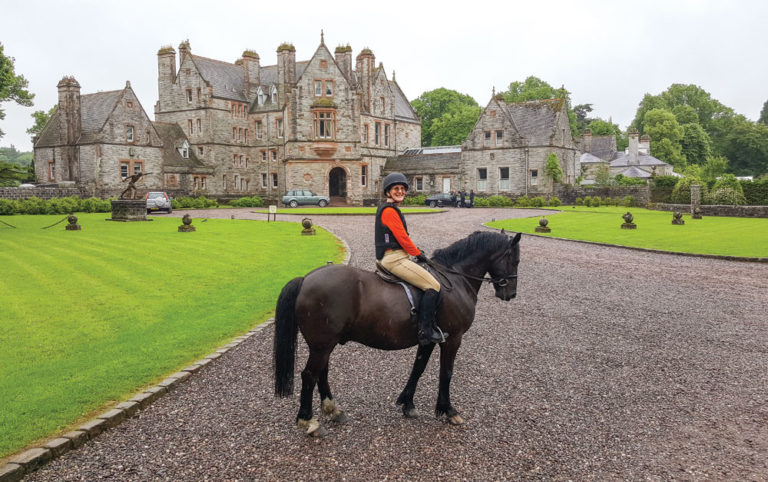Jason, the owner of Finca Piedra, Pedro, Finca Piedra’s gaucho, and I took off on our Criollo horses. I have never ridden a Criollo horse before and never in Uruguay, so had to adjust to the way of riding and the tack.
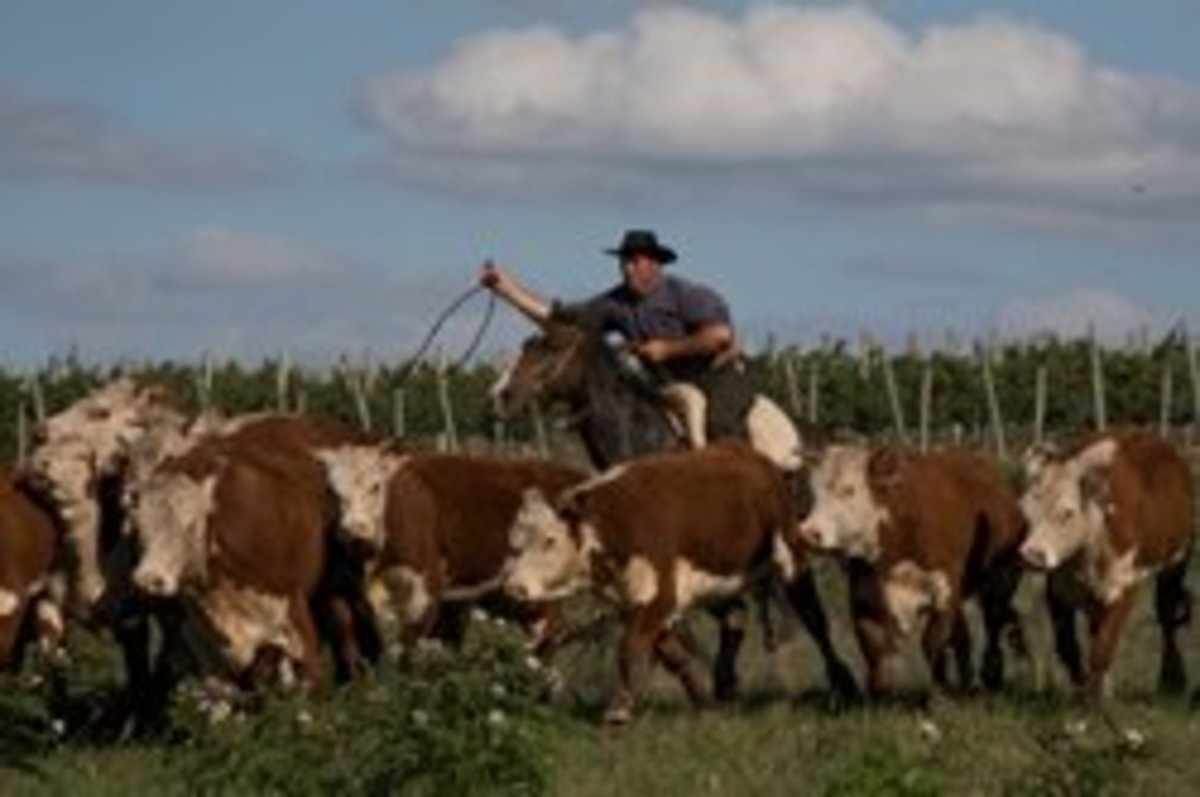
The traditional style saddles here are flat and wide and covered with sheepskin, making them comfortable to sit on, but since they are so wide I also felt a bit unstable at first. I am used to American English and Western saddles that have a more rounded seat. You really have to find your balance on the sheepskin saddles. They ride with longer stirrups here in Uruguay, and I opted to have mine brought up a bit, but still had some trouble gripping with my legs at first. My horse Manteca, a ten-year-old white Criollo horse was well seasoned and fast. Jason rode Indio, a 15-year-old Criollo, and Pedro rode Torrito, an eight-year-old Criollo.
We left the farm and headed towards Sierra de Mahoma, a rocky hill that stands out amid the rolling farmland of the area. I watched Pedro ride as we trotted through the cornfields. He rode what I thought was a bouncy trot with total ease, while I posted to avoid bruising my bum too much on day one of my riding. Pedro laughed at me, as I tried to sit Manteca’s trot.
The gauchos are still alive and very important in Uruguay. Like our American cowboys, they are there to work with and protect the cows, sheep and horses on the farm, lassoing sick cattle, moving the animals from pasture to pasture and more. In Uruguay, I have seen people all over riding horses that they are using for their work and for transportation. It is an agricultural society where horses still have a vital role.
We reached Sierra de Mahoma and rode up the rocky trails amid huge granite rock formations to a high point where Jason said it looked like a sea of stones. It certainly did. From there, we galloped part of the way back to the ranch for a quick lunch, before riding to the vineyard, where I learned more about tannat, a red wine grape that grows very well here in Uruguay. It came from southwest France.
Next it was time to help Pedro herd some cattle, which was not an easy task. The three of us had a good time, working the cattle and moving them in various directions so that we could film it and I could attempt to learn the art of moving cattle in Uruguay.
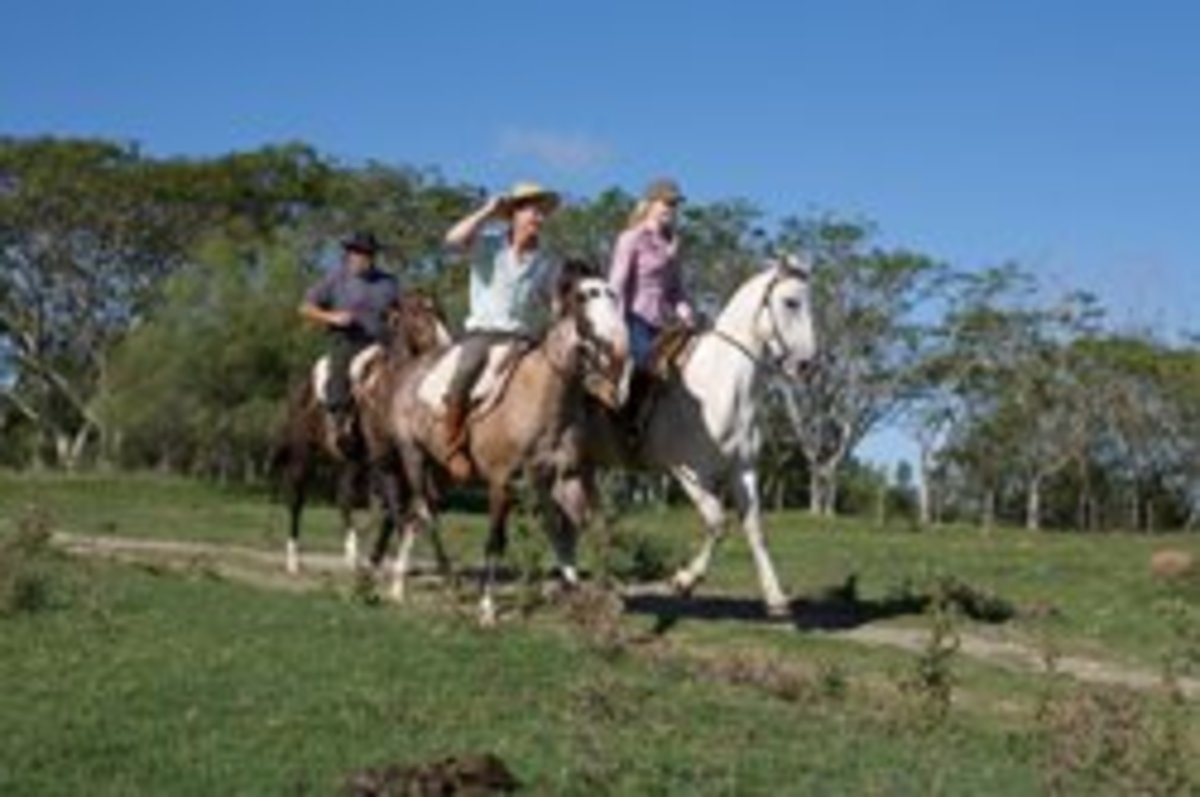
I was very glad to take a nice hot shower at the end of today. There’s a party at the ranch with a band, so we’ll be enjoying some good food and music before we rest.
Learn more about Equitrekking on PBS and the Equitrekking episodes on DVD and learn about exceptional equestrian vacations including Uruguay equestrian vacations at EquitrekkingTravel.com. Follow Equitrekking on Facebook and @Equitrekking and @DarleyNewman on Twitter.





